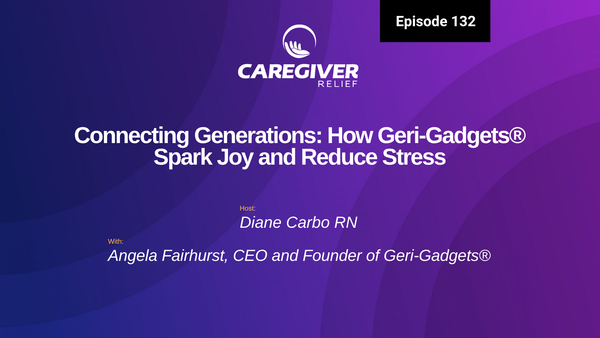Ask the Experts: How to Stay at Home Safely When Mobility Declines
Learn how to stay safe and independent at home as mobility declines. Discover smart tools like the Zeen, home modifications, and self-transfer systems that help you age in place with dignity—without waiting for robot caregivers.

Tim, Asks the Experts,
I have Sporadic Inclusion Body Myositis which attacks skeletal muscles over time. Presently I can walk to and from the toilet and around my house.
My balance is not great but I walk without a walker. I have zero desire to go into an assisted living facility. But if I could get a robot to move me when the time comes, that would be great. I may need to have construction to enlarge one of my bathrooms.
Perhaps a wheelchair that can act as a bed and robot. I have a bed that lifts the head and feet. Any ideas as best for me when it is time?
Response,
Hi Tim — thank you for sharing your situation so clearly and setting a strong goal: to stay independent at home. That’s absolutely a worthy goal. Planning now gives you far more control over your life as you decline.
A smart “bridge” device for now
While a fully automated robot that moves you from bed → chair → toilet by yourself is not yet commercially available for independent home use, there are excellent tools you can use right now to prolong your mobility and reduce fall-risk:
- The mobility aid Zeen is designed for people who can still stand and walk some, but are wary of balance issues. It supports part of your body-weight and helps you walk safely or coast while seated as needed.
- Because your condition (Sporadic Inclusion Body Myositis) typically affects muscle strength gradually (especially thigh/quadriceps and finger flexors), using Zeen now while you have walking ability gives you more time before a wheelchair becomes necessary.
Here is a video that will explain the Zeen system
Planning for transfers & the disability-friendly bathroom
When walking becomes more tiring or unstable, here’s a plan to stay at home with dignity and safety:
a) Transfer system:
- A ceiling-track lift system designed for independent use (for example, from Handi‑Move or SureHands) is your best bet. You can self-operate it via remote from bed ➝ toilet/chair/shower.
This gives you much greater independence than waiting for a caregiver to move you.This can be self operated.
b) Power wheelchair / seating system:
- When walking becomes very limited, consider a power wheelchair that has tilt-in-space, recline, and elevating-seat ability. This helps you access sinks, counters, toilets, and avoid constant transfers.
- It’s not a true robot, but it gives you autonomy and reduces need for help.
c) Bathroom conversion / home-renovation checklist:
- Roll-in shower (no lip) with a fixed folding seat and handheld shower wand.
- Comfort-height toilet (17–19 inches) with grab bars on both sides. Consider a bidet-style seat for easier hygiene.
- Widen doorways to 36 inches so a wheelchair or lift-hanger can pass easily.
- Non-slip flooring, lever-style handles, bright lighting, space for the ceiling-track rail above.
- Plan ahead for the ceiling-track lift to be installed through the bathroom so you can move seamlessly from bed ➝ toilet/shower.
Why not yet a “robot” transfer system?
- Some systems (for example, the Japanese-designed bed transfer robot from Panasonic) are being trialled but still require a caregiver’s assistance and aren’t widely available for solo home use.
- Newer home-humanoid robots are being hyped, but they do not yet provide safe independent human transfer (bed to chair to toilet) as you’d need.
- Therefore, the independence-centric solution today is the ceiling-track self-lift + home modifications + mobility assistance such as Zeen.
Your next step plan
Here’s a simple checklist to keep you moving forward with confidence:
☑ Book a demo of Zeen and see how it feels to walk/ride with support.
☑ Schedule a home visit by an occupational therapist (OT) to assess your bathroom, bedroom, door widths, and plan for the ceiling-track lift.
☑ Get quotes now for a ceiling-track lift system (track + motor + body-support sling + remote) so the equipment is ready when you need it.
☑ Install fall-recovery equipment (for example, a device to help you get up from the floor if a fall happens and you are alone).
Here is a fall recovery system that can be used with or with assistance of another person
☑ Keep documenting your strength, walking ability, and balance every 3-6 months so you’re alert to when the next transition (“walk → power-chair or lift-system”) should happen — before you get to a crisis.
Summary
You don’t have to wait for “the robot” to decide your next move. By combining Zeen now, smart home modifications, and a ceiling-track lift system you control, you’re laying a strong foundation to stay at home for as long as possible with dignity, choice, and independence.
Please let me know what you decided. It will help me help others in the future.
Warmly,
Diane Carbo RN





